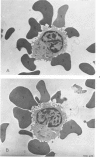Abstract
Membrane complement receptors have been identified on a subpopulation of normal lymphocytes containing cytoplasmic inclusions called parallel tubular arrays (PTA) using two different rosetting techniques. The first technique utilizes as indicator cells erythrocytes that were coated with complement by the classic pathway of complement activation (EAC rosettes). The second technique utilizes as indicator cells Salmonella typhi, which were coated with complement by the alternate pathway of complement activation (FBC rosettes). In the latter technique, lipopolysaccharide material in the bacterial cell wall directly activates complement without the use of a sensitizing antibody. This eliminates binding of marker particles by lymphocytes having Fc receptors. The presence of PTA lymphocytes at the center of EAC rosettes and FBC rosettes was demonstrated by electron microscopy, indicating that the PTA lymphocyte has a complement receptor. Examination of FBC rosettes revealed that the adherent complement-coated bacteria were usually partially surrounded by pseudopodal extensions of the PTA lymphocyte. In addition, some PTA lymphocytes phagocytized the complement-coated bacteria but not the complement-inactivated bacteria. These phagocytic cells were placed in the lymphocytic series instead of the monocytic series by virtue of complete lack of endogenous peroxidase activity.
Full text
PDF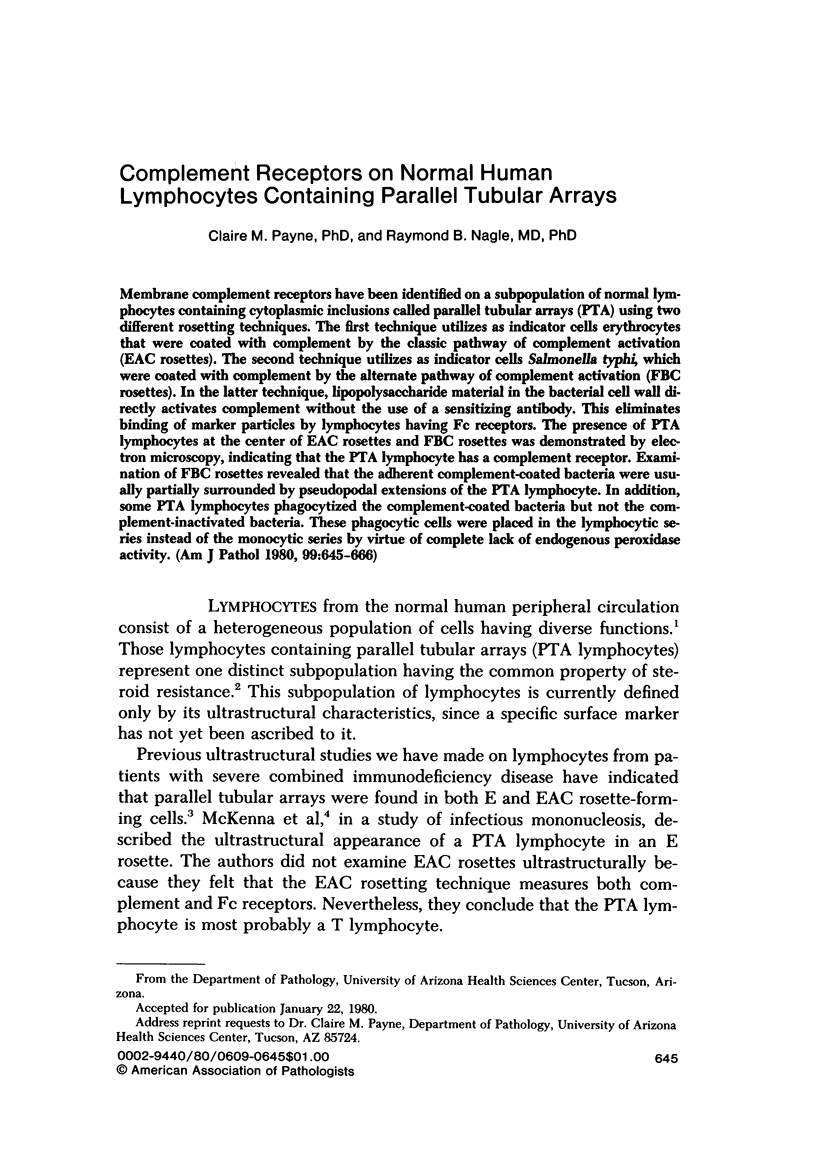
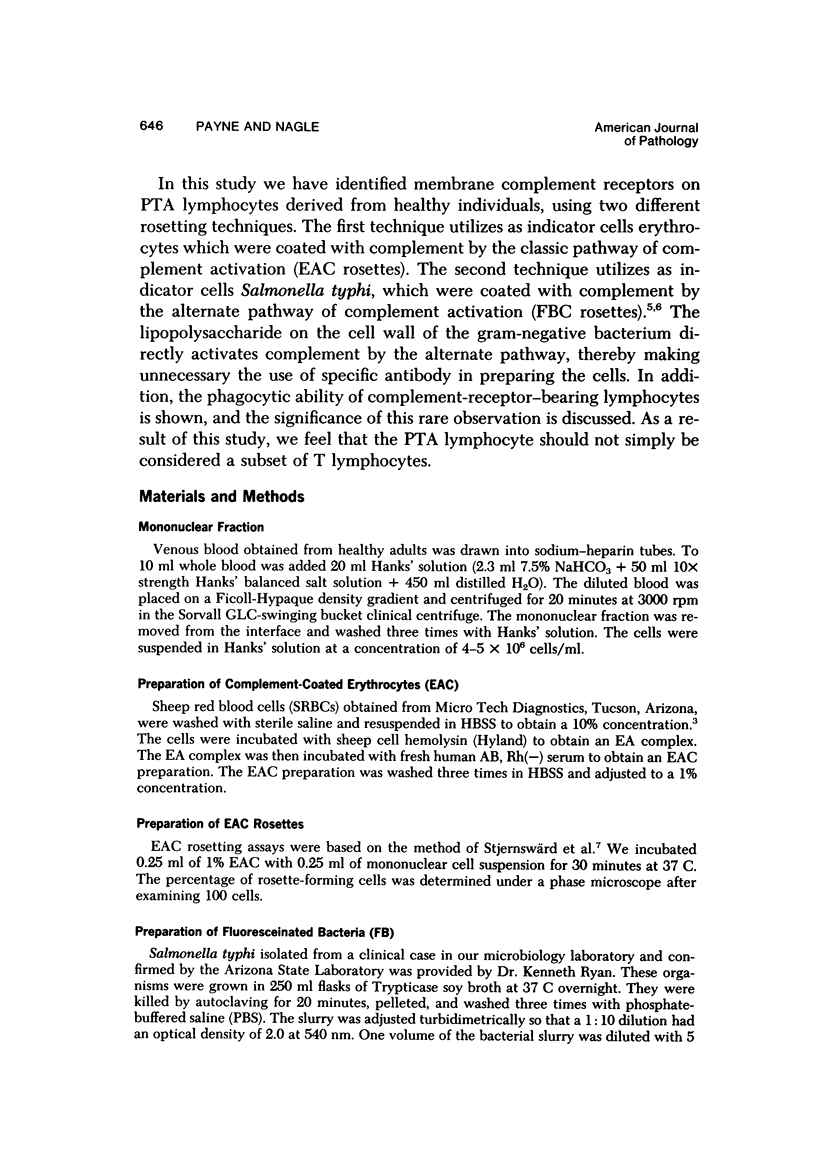
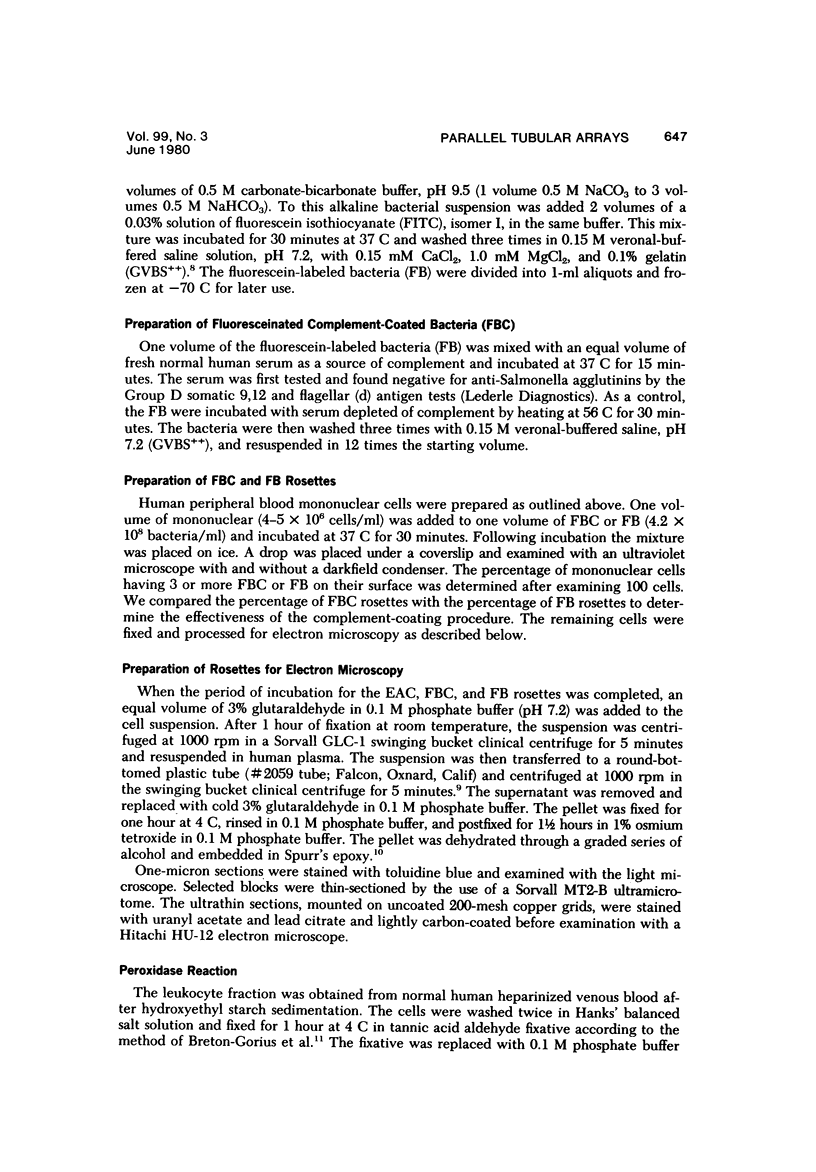
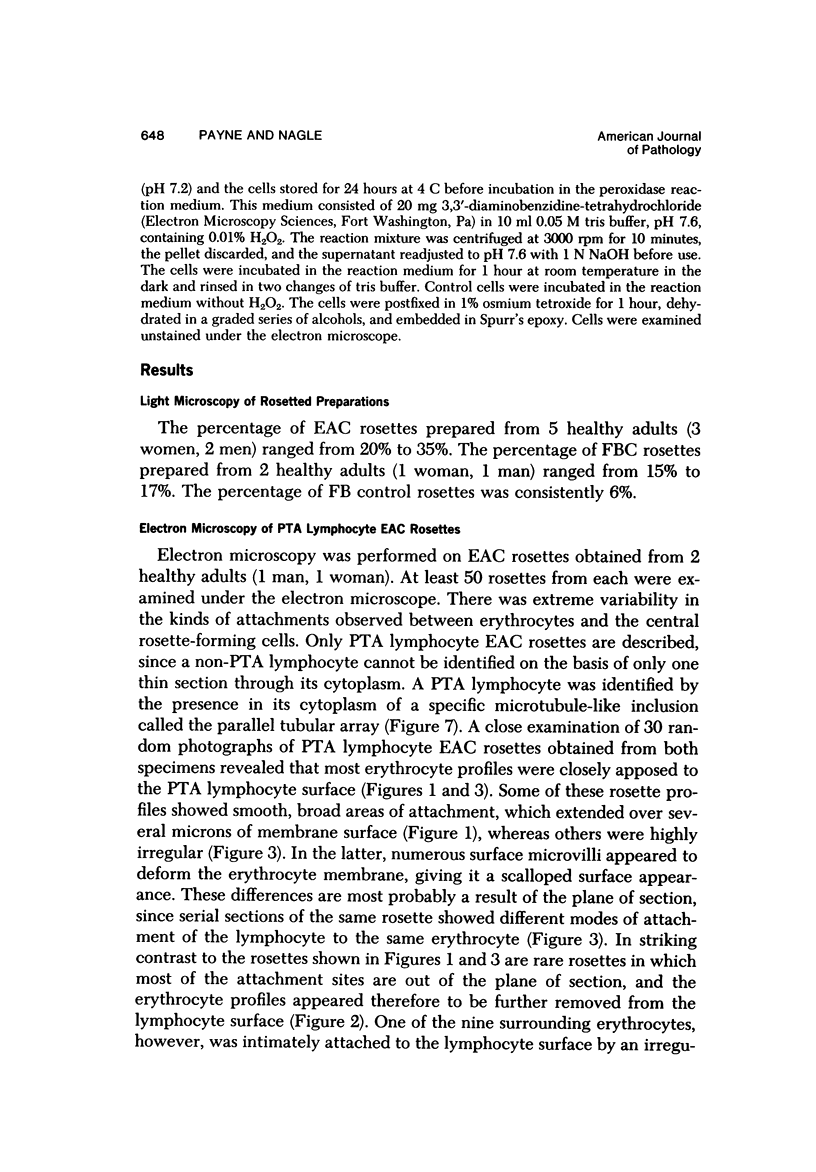
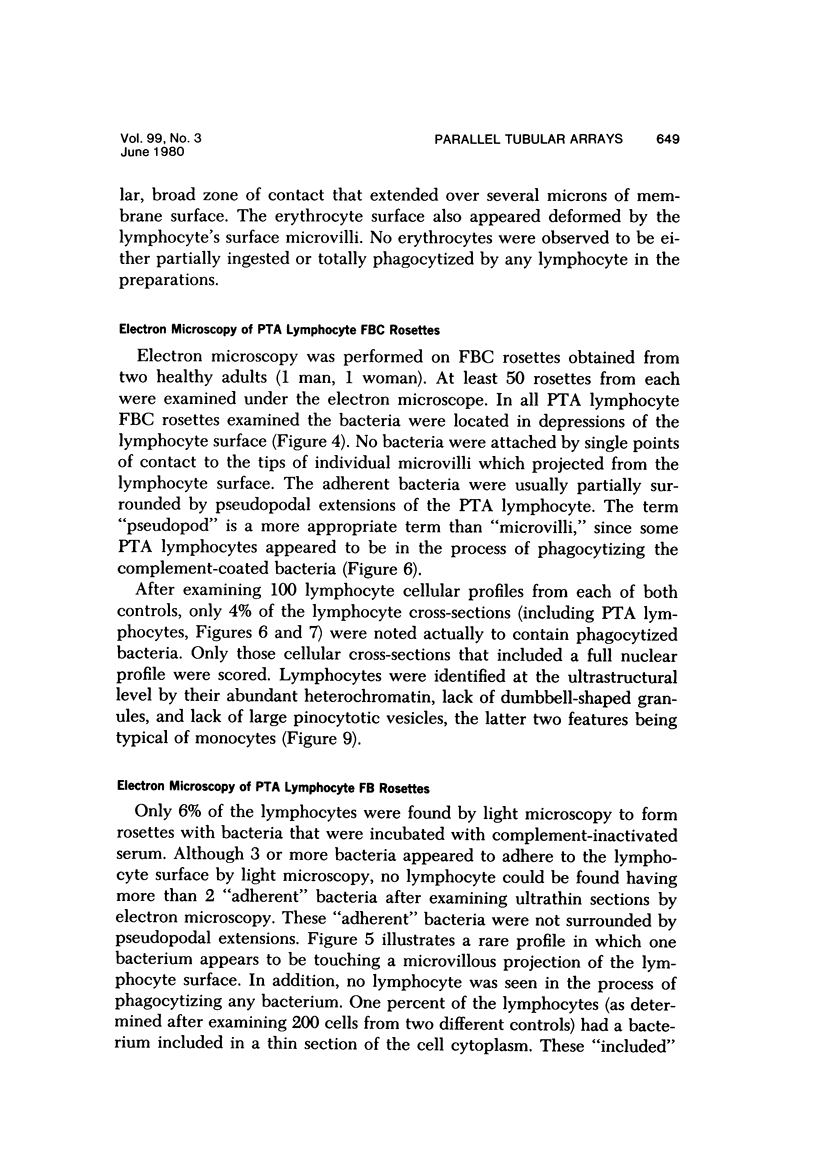
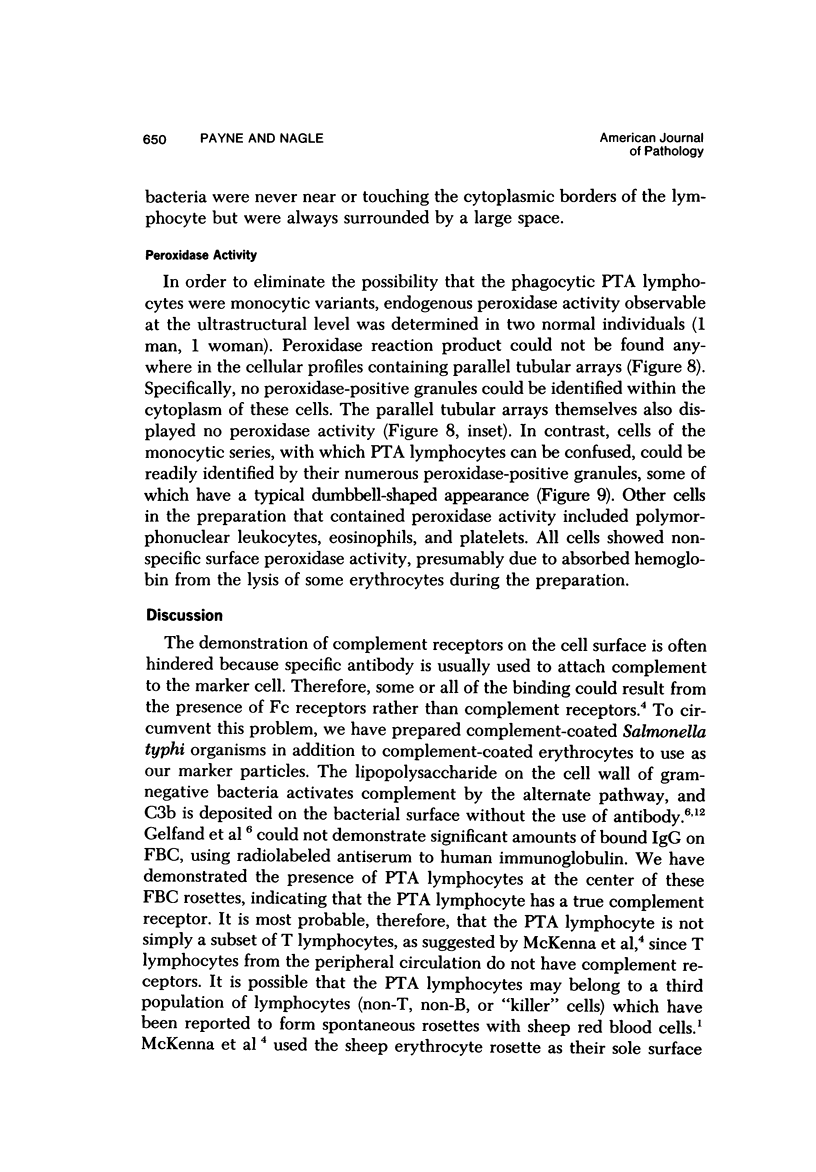
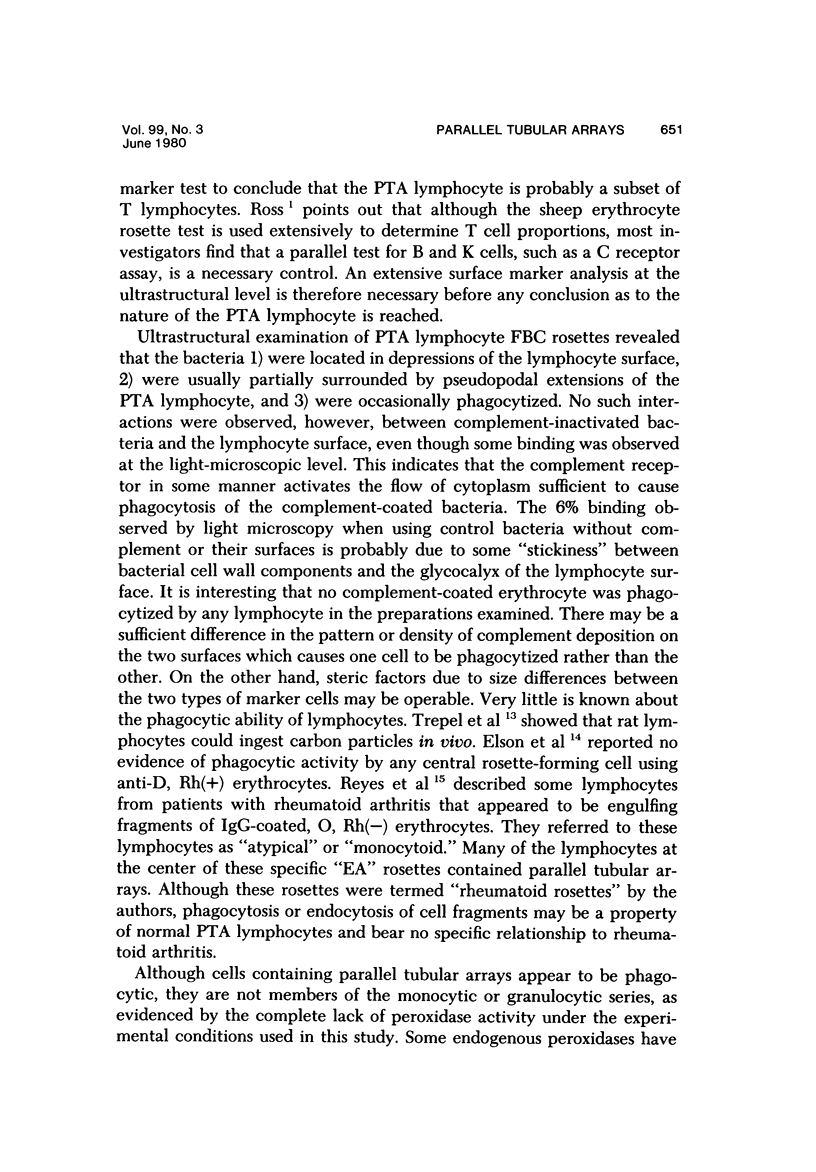
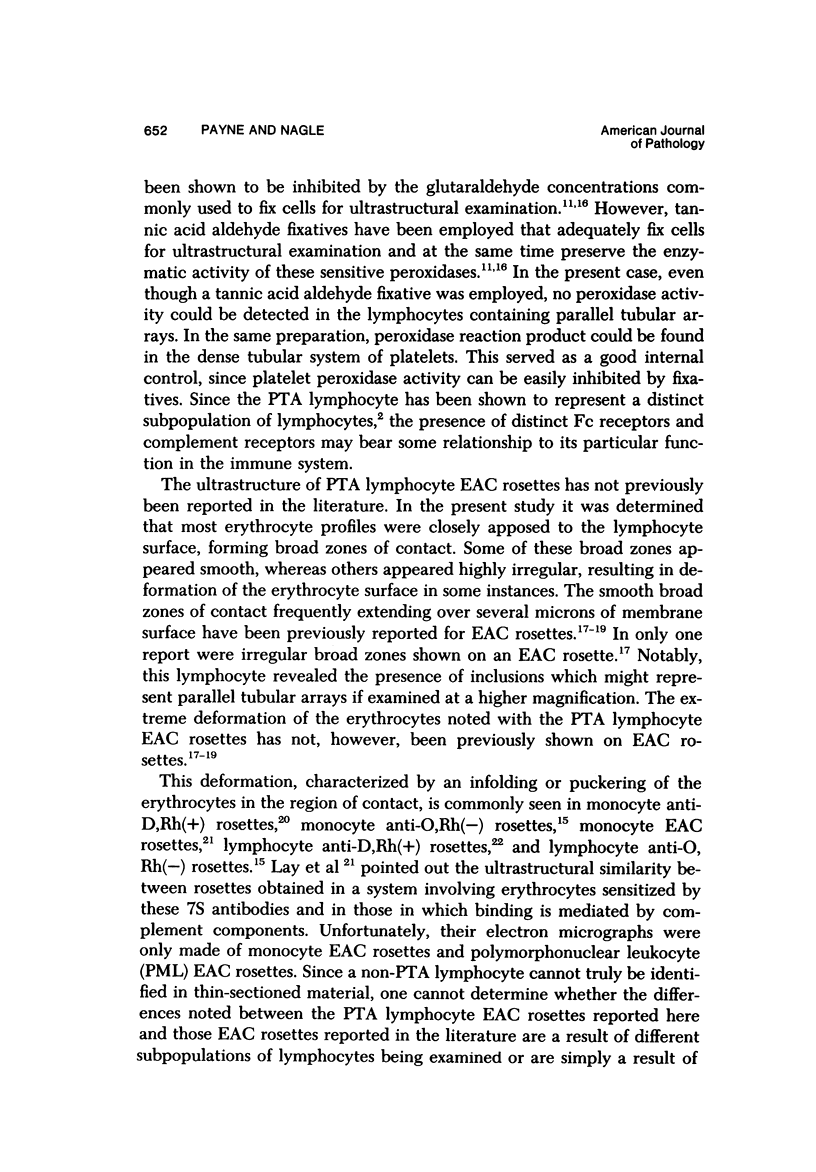
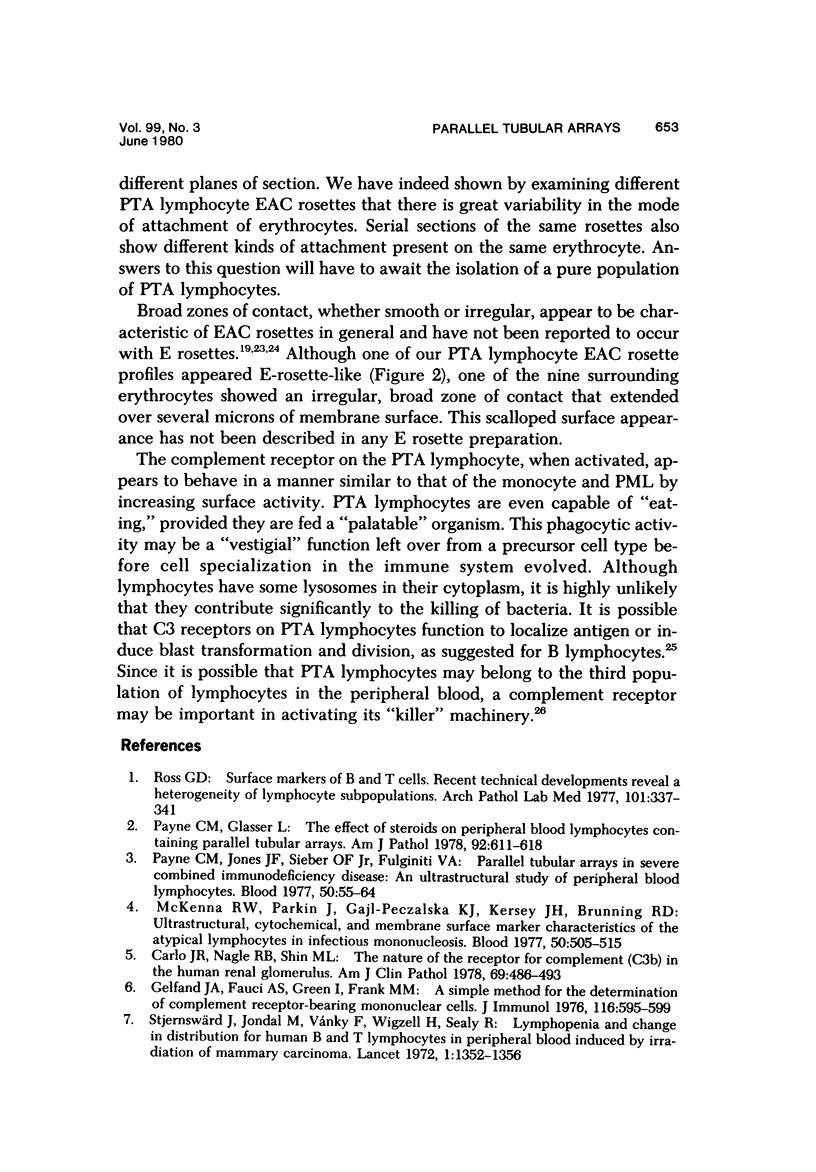
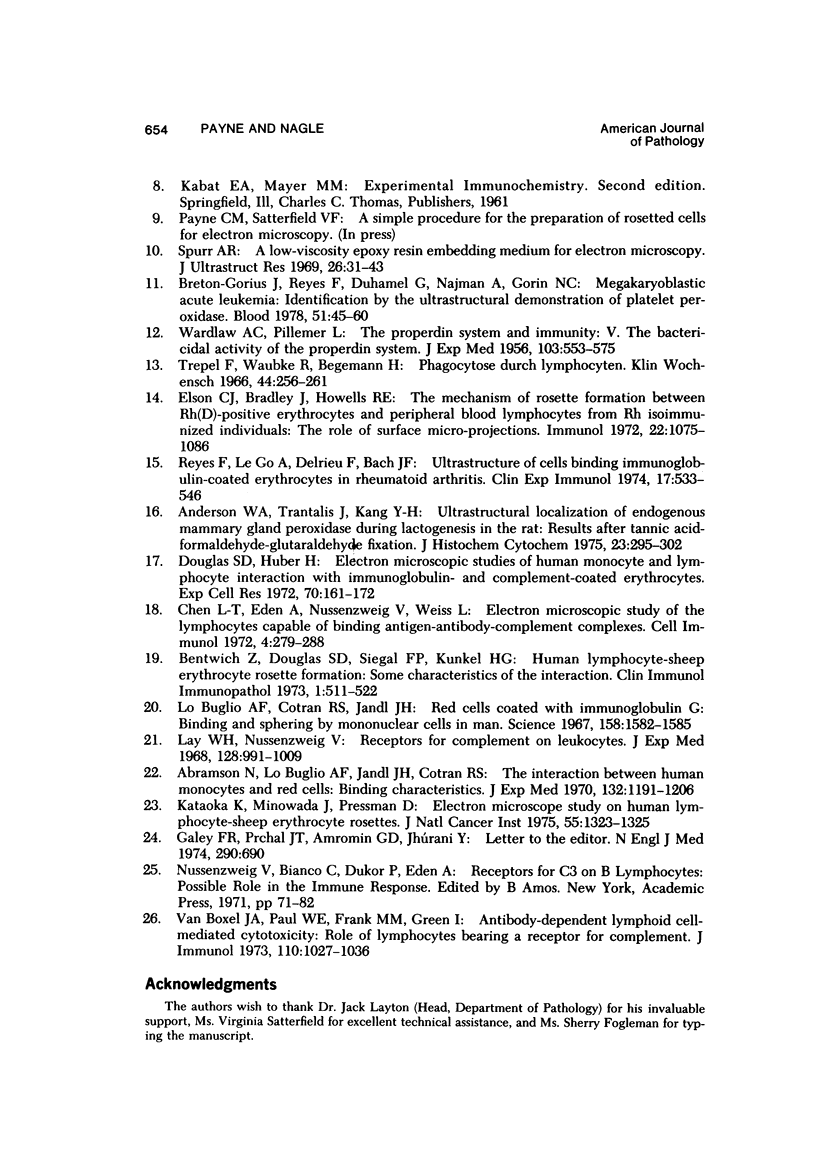
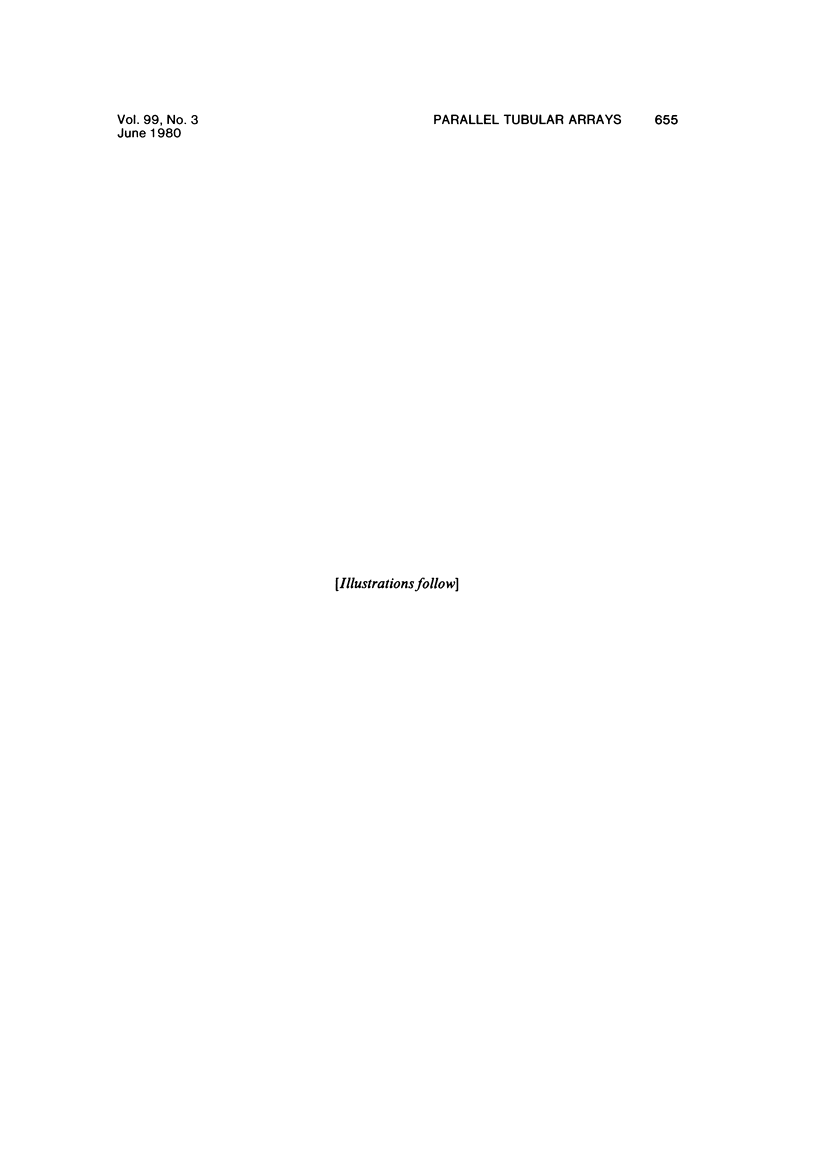
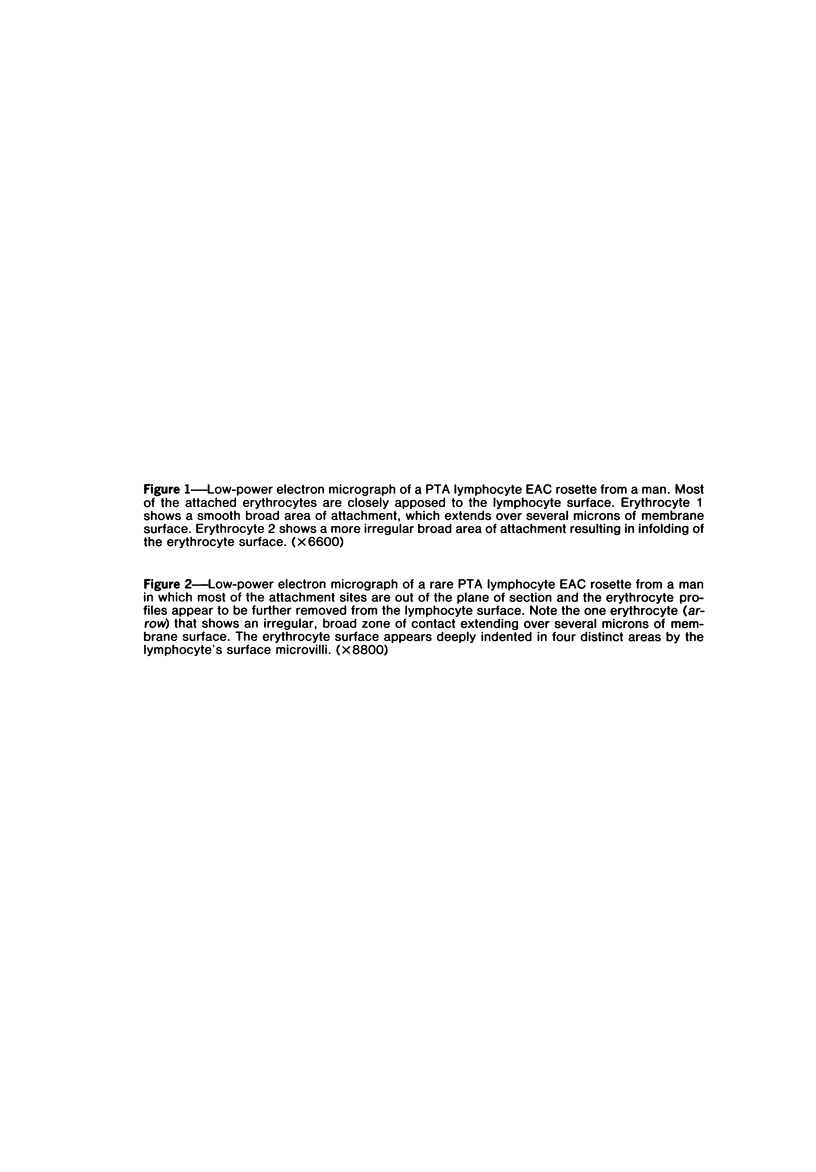
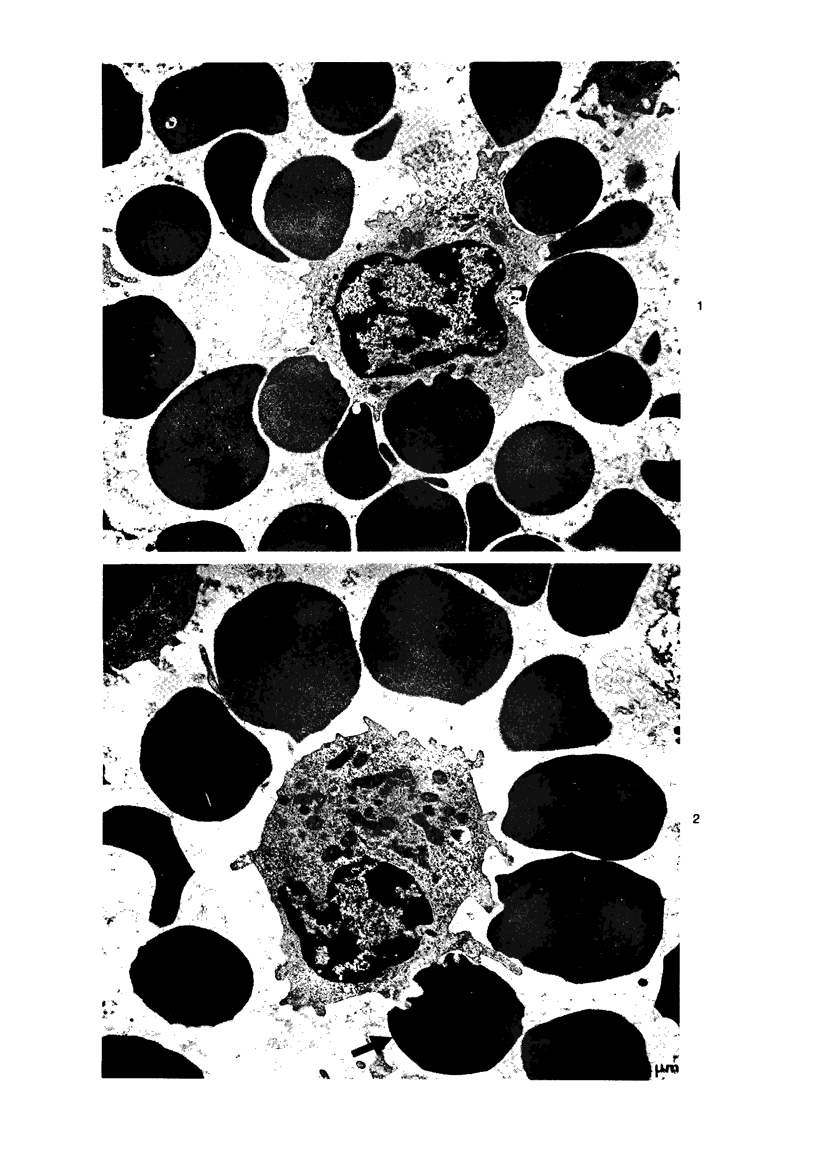
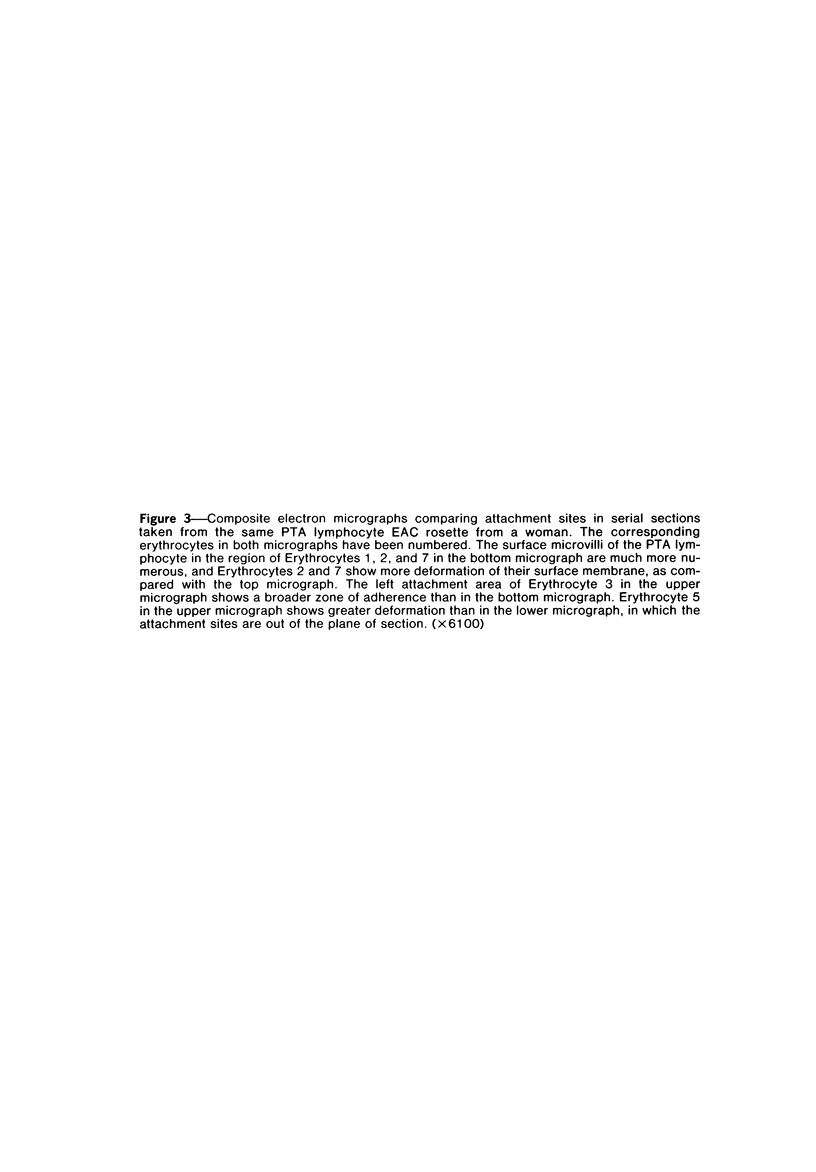
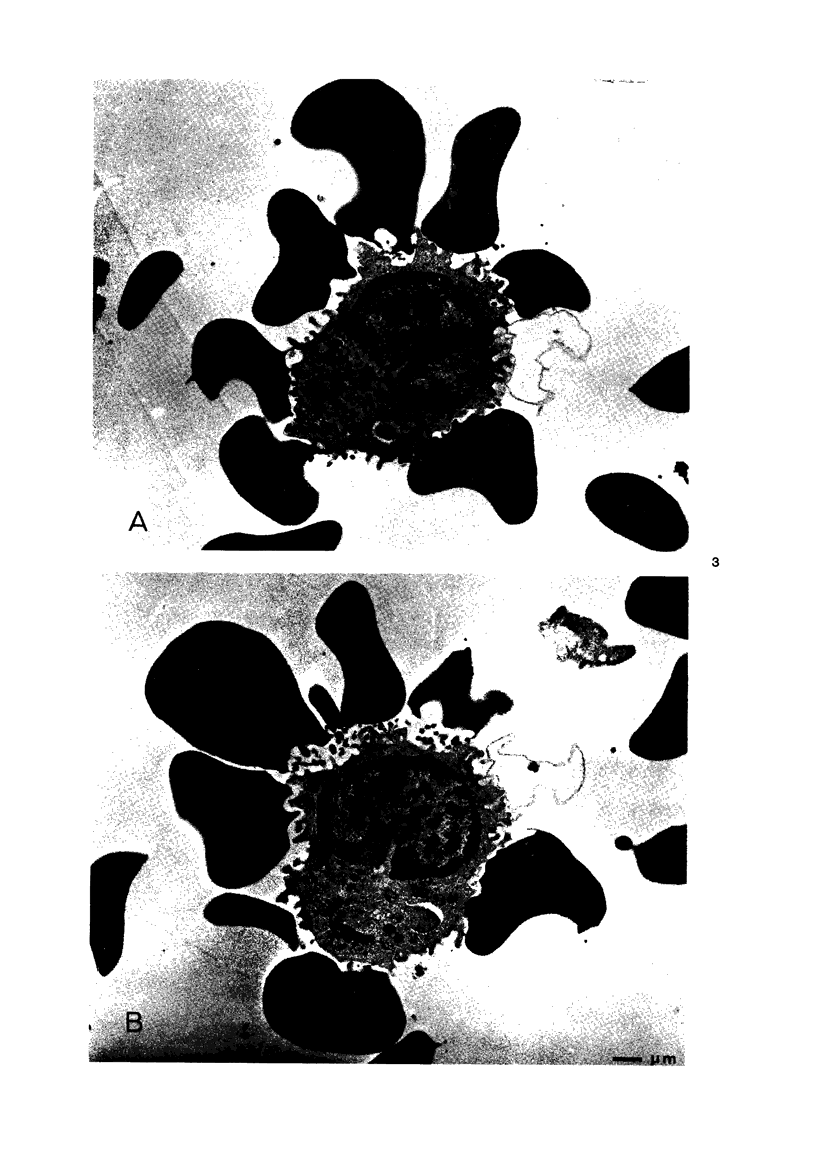
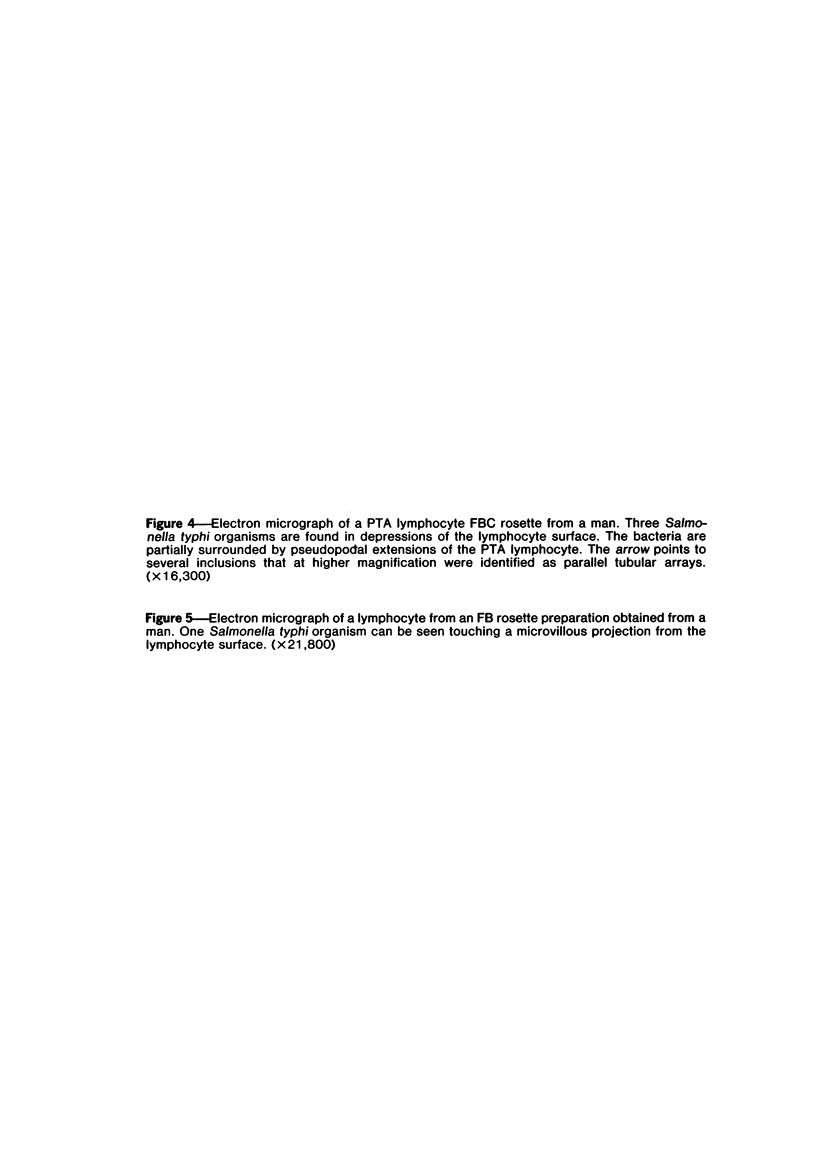
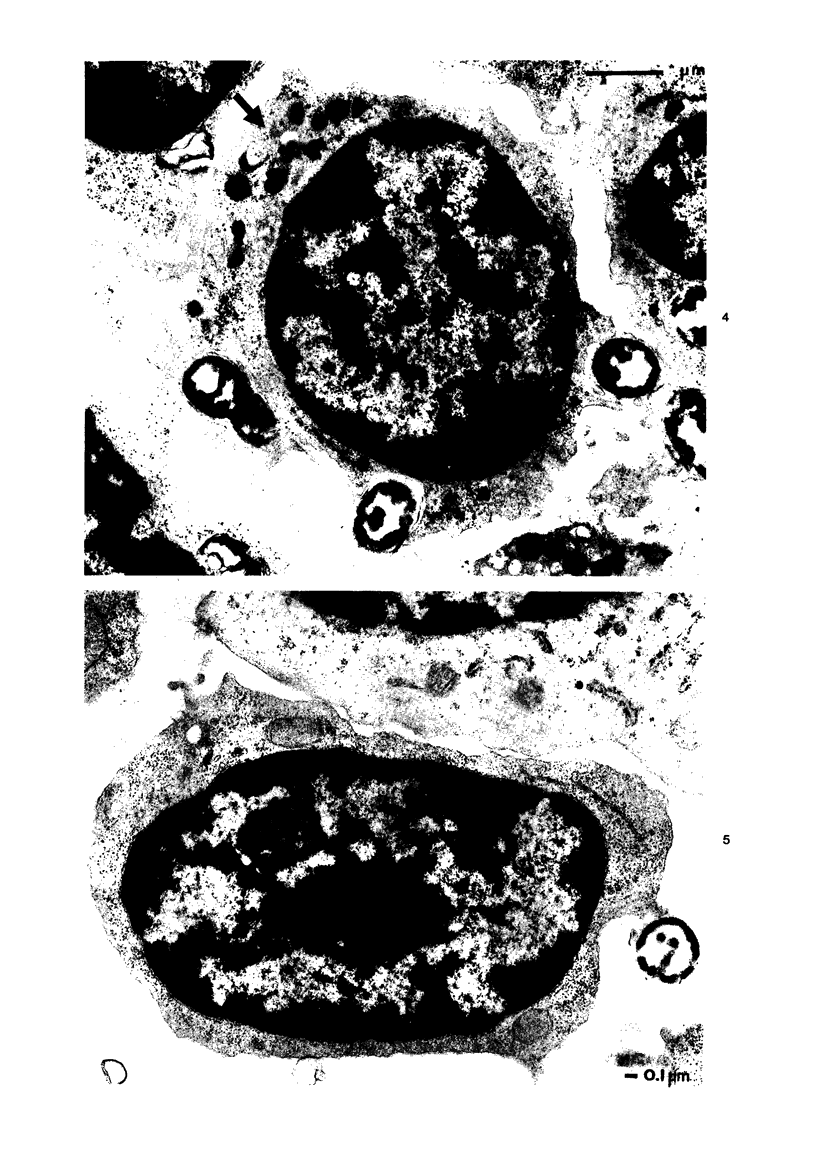
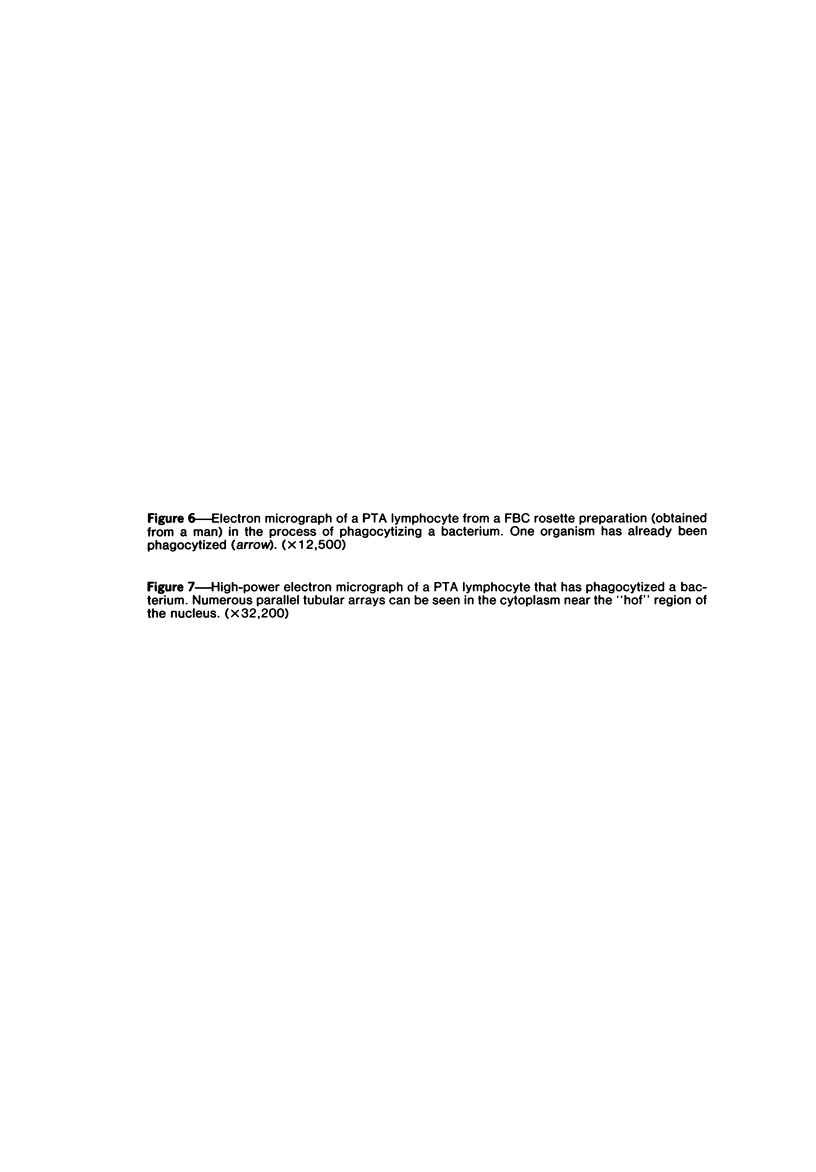
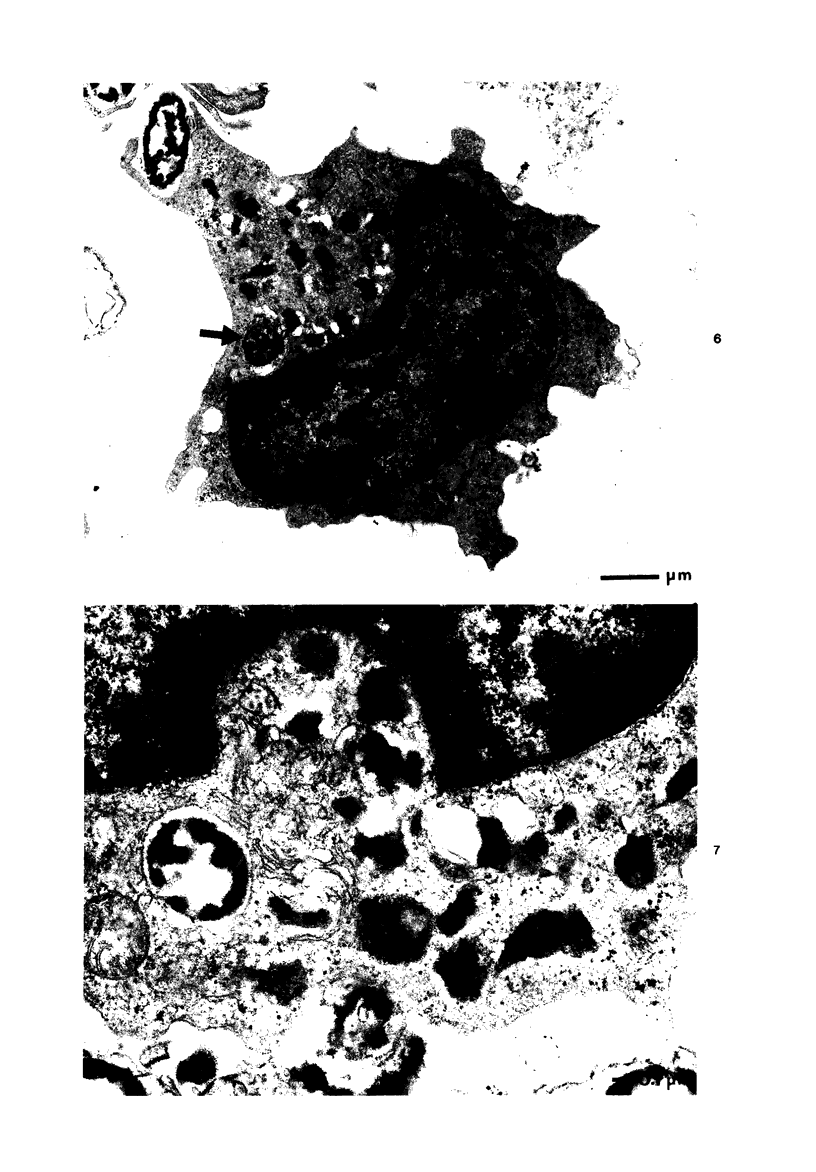
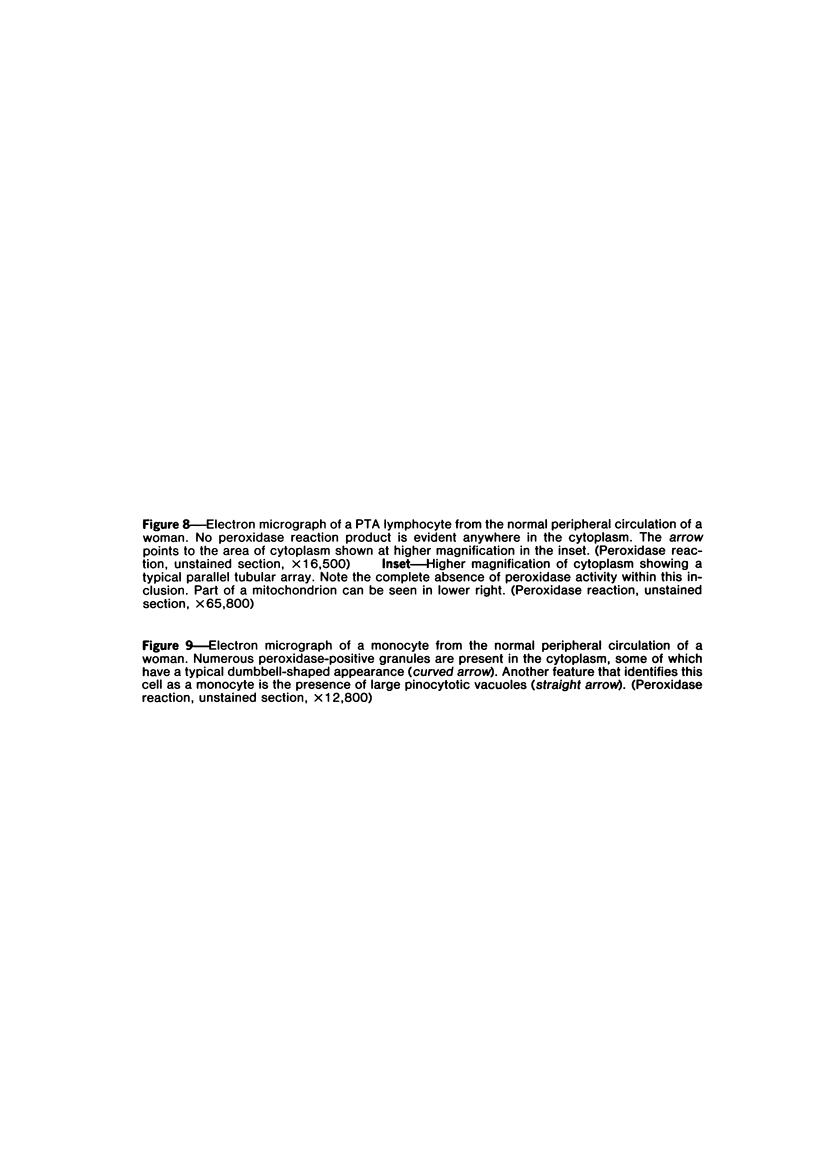
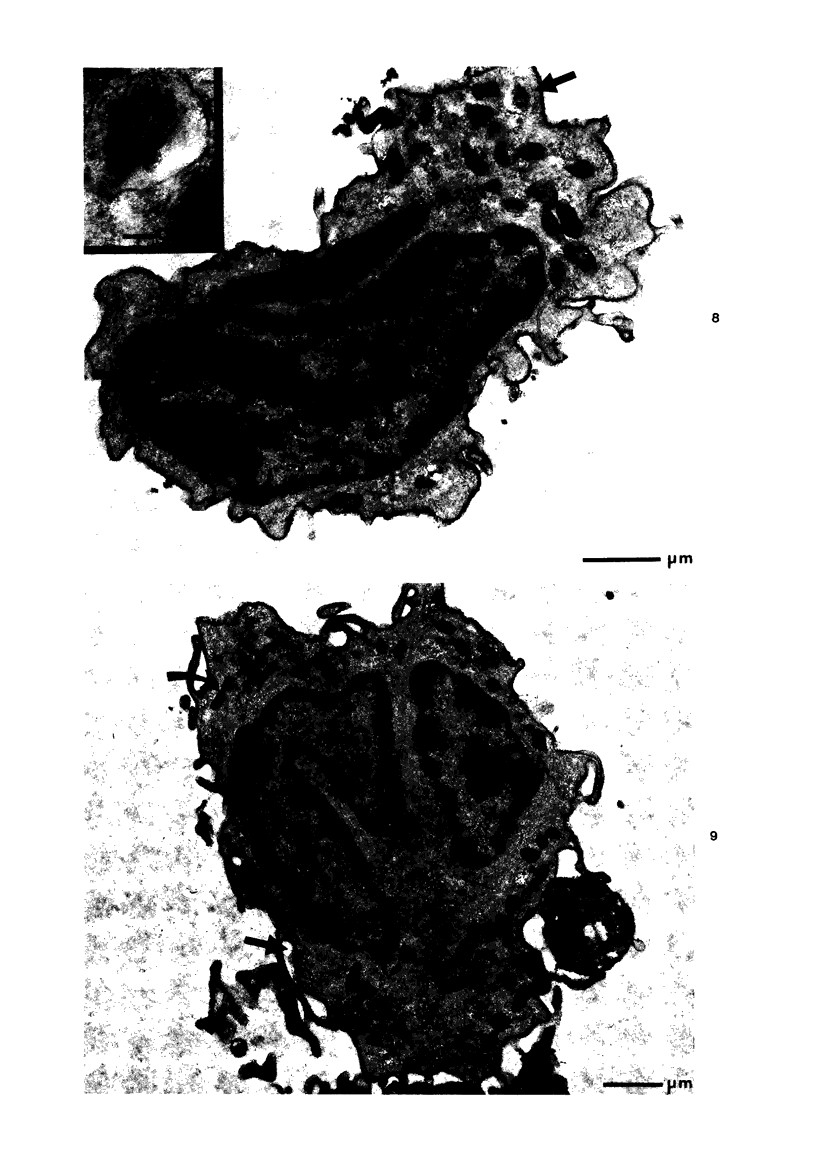
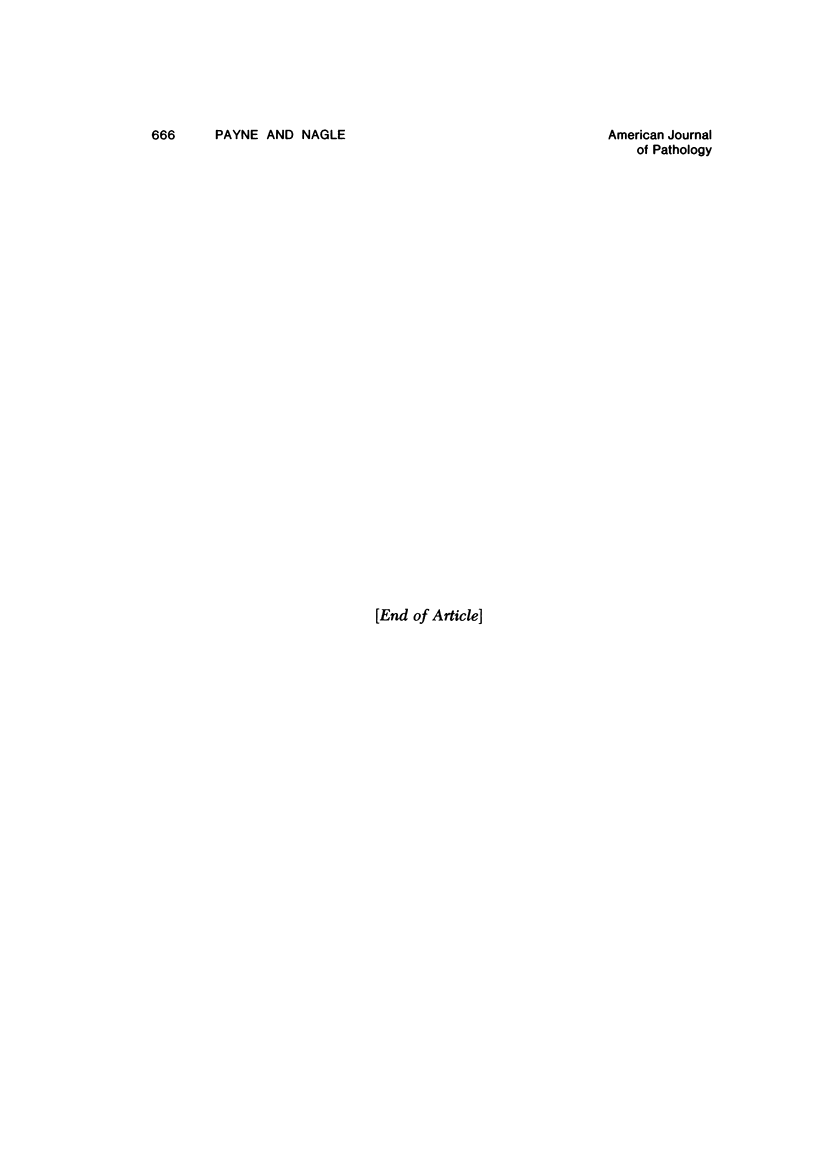
Images in this article
Selected References
These references are in PubMed. This may not be the complete list of references from this article.
- Abramson N., Lo Buglio A. F., Jandl J. H., Cotran R. S. The interaction between human monocytes and red cells. Binding characteristics. J Exp Med. 1970 Dec 1;132(6):1191–1206. doi: 10.1084/jem.132.6.1191. [DOI] [PMC free article] [PubMed] [Google Scholar]
- Anderson W. A., Trantalis J., Kang Y. H. Ultrastructural localization of endogenous mammary gland peroxidase during lactogenesis in the rat results after tannic acid-formaldehyde-glutaraldehyde fixation. J Histochem Cytochem. 1975 Apr;23(4):295–302. doi: 10.1177/23.4.47872. [DOI] [PubMed] [Google Scholar]
- Bentwich Z., Douglas S. D., Siegal F. P., Kunkel H. G. Human lymphocyte-sheep erythrocyte rosette formation: some characteristics of the interaction. Clin Immunol Immunopathol. 1973 Jul;1(4):511–522. doi: 10.1016/0090-1229(73)90007-x. [DOI] [PubMed] [Google Scholar]
- Breton-Gorius J., Reyes F., Duhamel G., Najman A., Gorin N. C. Megakaryoblastic acute leukemia: identification by the ultrastructural demonstration of platelet peroxidase. Blood. 1978 Jan;51(1):45–60. [PubMed] [Google Scholar]
- Carlo J. R., Nagle R. B., Shin M. L. The nature of the receptor for complement (C3b) in the human renal glomerulus. Am J Clin Pathol. 1978 May;69(5):486–493. doi: 10.1093/ajcp/69.5.486. [DOI] [PubMed] [Google Scholar]
- Chen L. T., Eden A., Nussenzweig V., Weiss L. Electron microscopic study of the lymphocytes capable of binding antigen-antibody-complement complexes. Cell Immunol. 1972 Jul;4(3):279–288. doi: 10.1016/0008-8749(72)90031-7. [DOI] [PubMed] [Google Scholar]
- Douglas S. D., Huber H. Electron microscopic studies of human monocyte and lymphocyte interaction with immunoglobulin- and complement-coated erythrocytes. Exp Cell Res. 1972 Jan;70(1):161–172. doi: 10.1016/0014-4827(72)90194-2. [DOI] [PubMed] [Google Scholar]
- Elson C. J., Bradley J., Howells R. E. The mechanism of rosette formation between Rh (D)-positive erythrocytes and peripheral blood lymphocytes from Rh isoimmunized individuals. The role of surface micro-projections. Immunology. 1972 Jun;22(6):1075–1086. [PMC free article] [PubMed] [Google Scholar]
- Gelfand J. A., Fauci A. S., Green I., Frank M. M. A simple method for the determination of complement receptor-bearing mononuclear cells. J Immunol. 1976 Mar;116(3):595–599. [PubMed] [Google Scholar]
- Kataoka K., Minowada J., Pressman D. Electron microscope study on human lymphocyte-sheep erythrocyte rosettes. J Natl Cancer Inst. 1975 Dec;55(6):1323–1325. doi: 10.1093/jnci/55.6.1323. [DOI] [PubMed] [Google Scholar]
- Lay W. H., Nussenzweig V. Receptors for complement of leukocytes. J Exp Med. 1968 Nov 1;128(5):991–1009. doi: 10.1084/jem.128.5.991. [DOI] [PMC free article] [PubMed] [Google Scholar]
- LoBuglio A. F., Cotran R. S., Jandl J. H. Red cells coated with immunoglobulin G: binding and sphering by mononuclear cells in man. Science. 1967 Dec 22;158(3808):1582–1585. doi: 10.1126/science.158.3808.1582. [DOI] [PubMed] [Google Scholar]
- McKenna R. W., Parkin J., Gajl-Peczalska K. J., Kersey J. H., Brunning R. D. Ultrastructural, cytochemical, and membrane surface marker characteristics of the atypical lymphocytes in infectious mononucleosis. Blood. 1977 Sep;50(3):505–515. [PubMed] [Google Scholar]
- Payne C. M., Glasser L. The effect of steroids on peripheral blood lymphocytes containing parallel tubular arrays. Am J Pathol. 1978 Sep;92(3):611–618. [PMC free article] [PubMed] [Google Scholar]
- Payne C. M., Jones J. F., Sieber O. F., Jr, Fulginiti V. A. Parallel tubular arrays in severe combined immunodeficiency disease: an ultrastructural study of peripheral blood lymphocytes. Blood. 1977 Jul;50(1):55–64. [PubMed] [Google Scholar]
- Reyes F., Le Go A., Delrieu F., Bach J. F. Ultrastructure of cells binding immunoglobulin-coated erythrocytes in rheumatoid arthritis. Clin Exp Immunol. 1974 Aug;17(4):533–546. [PMC free article] [PubMed] [Google Scholar]
- Ross G. D. Surface markers of B and T cells. Recent technical developments reveal a heterogeneity of lymphocyte subpopulations. Arch Pathol Lab Med. 1977 Jul;101(7):337–341. [PubMed] [Google Scholar]
- Spurr A. R. A low-viscosity epoxy resin embedding medium for electron microscopy. J Ultrastruct Res. 1969 Jan;26(1):31–43. doi: 10.1016/s0022-5320(69)90033-1. [DOI] [PubMed] [Google Scholar]
- Stjernswärd J., Jondal M., Vánky F., Wigzell H., Sealy R. Lymphopenia and change in distribution of human B and T lymphocytes in peripheral blood induced by irradiation for mammary carcinoma. Lancet. 1972 Jun 24;1(7765):1352–1356. doi: 10.1016/s0140-6736(72)91091-4. [DOI] [PubMed] [Google Scholar]
- Trepel F., Waubke R., Begemann H. Phagocytose durch Lymphocyten. Klin Wochenschr. 1966 Mar 1;44(5):256–261. doi: 10.1007/BF01747715. [DOI] [PubMed] [Google Scholar]
- WARDLAW A. C., PILLEMER L. The properdin system and immunity. V. The bactericidal activity of the properdin system. J Exp Med. 1956 May 1;103(5):553–575. doi: 10.1084/jem.103.5.553. [DOI] [PMC free article] [PubMed] [Google Scholar]











